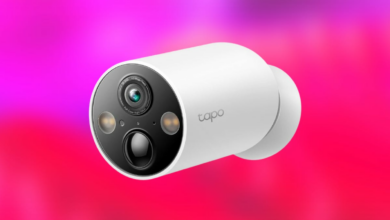Dogs can understand human words without gestures and context, study says

Research confirms dogs’ understanding
Cognitive scientist Federico Rossano, who led the study at the Comparative Cognition Lab, clarified that the study aims to dispel doubts about dogs’ understanding of soundboard words. The team investigated whether dogs could understand specific words on the buttons, even when those words were spoken by unfamiliar experimenters or by pressing buttons, without relying on other cues.
The study conducted two separate experiments using dogs that had already been trained to use a soundboard. In one experiment, researchers visited the homes of 30 dogs, while in the other, 29 dog owners performed the tests according to specific instructions. The focus was on words related to “outside,” “play,” and “food.”
Key Findings
The findings showed that dogs responded appropriately to the words on the soundboards. When the “play” button was pressed, dogs displayed behaviors associated with playing, and when “outside” was pressed, they displayed behaviors suggesting they wanted to go outside. These responses occurred regardless of whether the word was spoken by an unfamiliar experimenter or their owner.
However, the study found no clear evidence that dogs responded to food-related words with food-seeking behavior. Nevertheless, the results indicated that dogs understood and responded to the words themselves rather than simply responding to contextual cues, according to a report by Science Alert.
Future research and implications
This research underscores that dogs can indeed understand the words they encounter on soundboards, which could lead to further advances in dog communication research. The study opens the door for wider participation in similar experiments, potentially involving dog owners worldwide to gather additional data.
Federico Rossano emphasizes that while previous studies have shown that dogs can understand some words, this research isolates verbal cues from other contextual factors, giving a clearer picture of how dogs process these cues. Future studies will look at how dogs use sequences of button presses and the systematic use of these devices.
The study highlights the importance of observing animals in their everyday environments to gain a better understanding of their abilities and communication skills.




